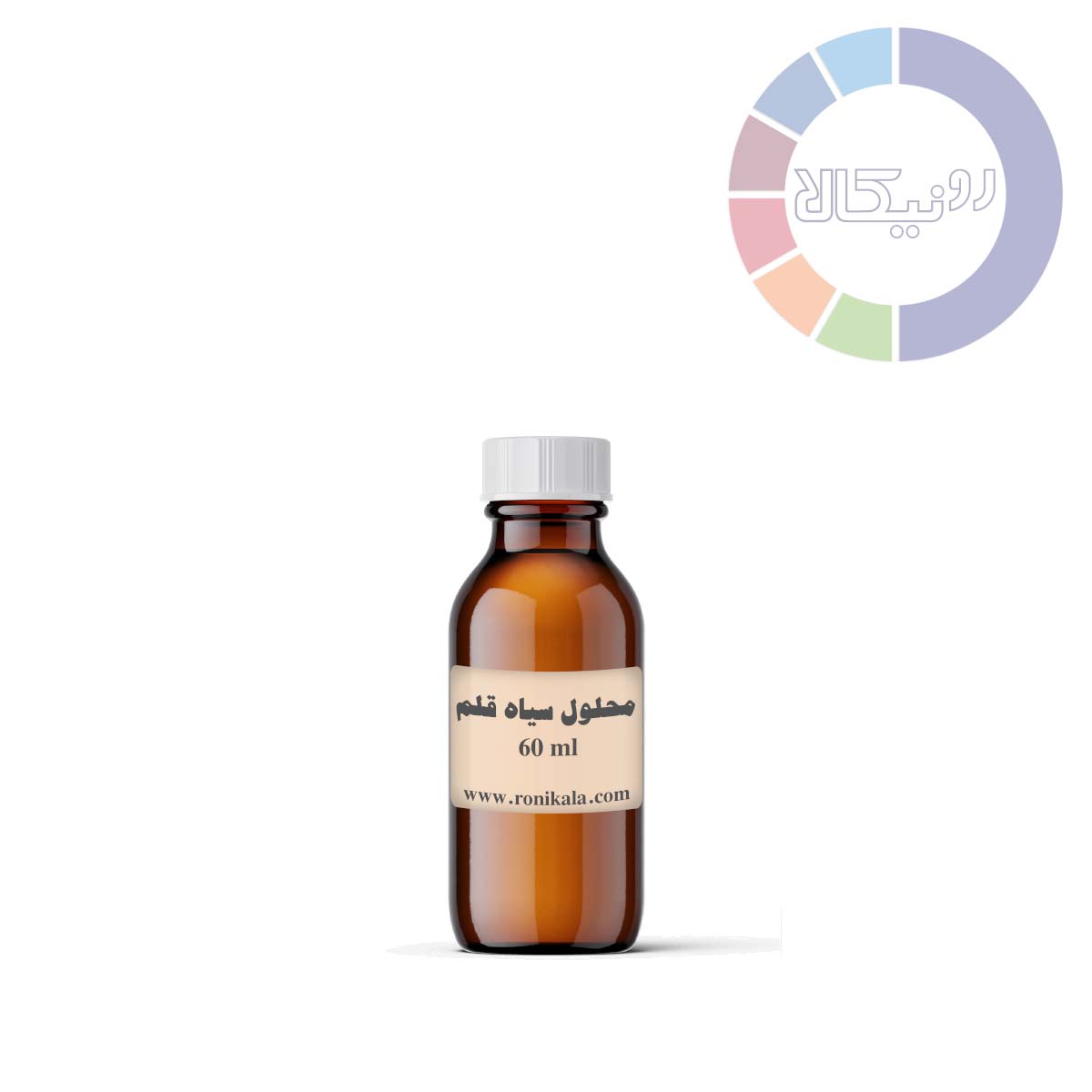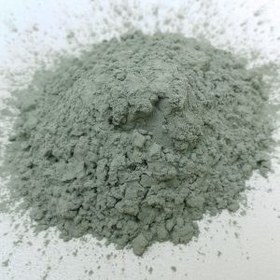
Missile Technology Applications in Automotive Industry: Used for precise cutting, welding, and surface treatment of components. Enables creation of lightweight and high-strength parts. Example: Laser-guided welding for car body assembly.
دستگاه های موشکی، که اغلب به عنوان سنباده های دیسکی یا سنباده های زاویه ای شناخته می شوند، ابزارهای قدرتمند و همه کاره ای هستند که کاربردهای گسترده ای در صنعت خودرو سازی دارند. این دستگاه ها با استفاده از دیسک های ساینده با سرعت بالا، می توانند طیف وسیعی از وظایف را از آماده سازی سطح و حذف رنگ گرفته تا پرداخت کاری و سفارشی سازی انجام دهند. قابلیت مانور پذیری، قدرت و تطبیق پذیری این ابزارها، آنها را به ابزاری ضروری برای تعمیرکاران خودرو، صافکاران و علاقه مندان به خودرو تبدیل کرده است. کار با سنباده رولی نیازمند دقت و تبحر است.

یکی از مهمترین کاربردهای دستگاه موشکی در صنعت خودرو، آماده سازی سطح قبل از رنگ آمیزی یا پوشش دهی است. برای اطمینان از چسبندگی مناسب رنگ و جلوگیری از پوسته پوسته شدن یا ترک خوردن آن در آینده، لازم است که سطح فلز به طور کامل تمیز، صاف و عاری از هرگونه آلودگی باشد. دستگاه موشکی با استفاده از دیسک های ساینده با درجه زبری مناسب، می تواند به طور موثر زنگ زدگی، رنگ قدیمی، لایه های اکسید شده و سایر ناخالصی ها را از سطح فلز حذف کند و سطحی ایده آل برای چسبندگی رنگ ایجاد کند. این مرحله به طور خاص در فرایند های ترمیم خودرو و بازسازی بدنه بسیار حائز اهمیت است.
پرداخت کاری یکی از ملزومات آماده سازی است.هنگام ترمیم خودرو یا تغییر رنگ آن، لازم است تا رنگ قدیمی به طور کامل حذف شود. دستگاه موشکی با استفاده از دیسک های سیمی یا دیسک های ساینده مخصوص حذف رنگ، می تواند به سرعت و به طور موثر لایه های رنگ قدیمی را از بین ببرد. این کار نه تنها سرعت فرایند ترمیم را افزایش می دهد، بلکه به جلوگیری از آسیب دیدن فلز زیرین نیز کمک می کند. دقت و کنترل دستگاه موشکی، امکان حذف انتخابی رنگ را فراهم می کند و از آسیب رساندن به قسمت های مجاور جلوگیری می کند.
سنباده رولی برای حذف رنگ های ضخیم تر مناسب است.زنگ زدگی یکی از رایج ترین مشکلات در بدنه خودرو است، به ویژه در مناطقی که در معرض رطوبت و نمک قرار دارند. زنگ زدگی می تواند باعث تضعیف ساختار فلز و در نهایت منجر به آسیب های جدی شود. دستگاه موشکی با استفاده از دیسک های سیمی یا دیسک های ساینده مخصوص زنگ زدگی، می تواند به طور موثر زنگ زدگی را از سطح فلز حذف کند و از گسترش آن جلوگیری کند. حذف زنگ زدگی در اسرع وقت برای حفظ یکپارچگی ساختاری خودرو بسیار مهم است.

قبل از جوشکاری قطعات فلزی خودرو، لازم است که سطح آنها به طور کامل تمیز و عاری از هرگونه آلودگی باشد. دستگاه موشکی با استفاده از دیسک های ساینده، می تواند اکسیداسیون، زنگ زدگی و سایر آلودگی ها را از سطح فلز حذف کند و سطحی ایده آل برای جوشکاری ایجاد کند. این کار باعث ایجاد جوش قوی تر و با کیفیت تر می شود. همچنین، دستگاه موشکی می تواند برای صاف کردن و شکل دادن به جوش های انجام شده نیز استفاده شود.
پرداخت کاری محل جوش نیز در زیبایی آن موثر است.بعد از برش یا ماشین کاری قطعات فلزی، اغلب لبه های تیزی به نام براده باقی می ماند که می تواند خطرناک باشد. دستگاه موشکی با استفاده از دیسک های ساینده، می تواند به سرعت و به طور موثر این لبه های تیز را از بین ببرد و سطحی صاف و بی خطر ایجاد کند. این کار به ویژه در قطعاتی که با دست لمس می شوند، از اهمیت بالایی برخوردار است.

بعد از رنگ آمیزی خودرو، می توان از دستگاه موشکی برای پولیش و پرداخت کاری سطح استفاده کرد. با استفاده از دیسک های پولیش و واکس های مخصوص، می توان خط و خش های جزئی را از بین برد و درخشندگی و جلای خیره کننده ای به رنگ خودرو بخشید. این کار به ویژه برای خودروهای نمایشگاهی و خودروهای لوکس که ظاهر آنها بسیار مهم است، اهمیت زیادی دارد. در فرایند سنباده رولی و پولیش دقت بالایی لازم است.
در سال های اخیر، استفاده از مواد کامپوزیتی در خودروها به طور فزاینده ای رایج شده است. دستگاه موشکی می تواند برای آماده سازی سطح قطعات کامپوزیتی قبل از تعمیر یا رنگ آمیزی استفاده شود. با استفاده از دیسک های ساینده مخصوص کامپوزیت، می توان به طور موثر لایه های قدیمی را برداشت و سطحی صاف و مناسب برای چسبندگی مواد جدید ایجاد کرد.
پرداخت کاری قطعات کامپوزیتی نیازمند تجربه است.دستگاه موشکی ابزاری ایده آل برای سفارشی سازی خودرو است. با استفاده از این دستگاه می توان اصلاحات جزئی و کلی در بدنه خودرو ایجاد کرد، مانند حذف زوائد، تغییر شکل قطعات و ایجاد طرح های جدید. دقت و کنترل دستگاه موشکی، امکان ایجاد تغییرات ظریف و پیچیده را فراهم می کند. برای سفارشی سازی و سنباده رولی می توانید از افراد متخصص کمک بگیرید.

در پایان، دستگاه موشکی یک ابزار ارزشمند و ضروری در صنعت خودرو سازی است و کاربردهای بسیار متنوعی دارد. از آماده سازی سطح و حذف رنگ گرفته تا حذف زنگ زدگی، آماده سازی جوش، براده برداری، پولیش و سفارشی سازی، این دستگاه می تواند به طور قابل توجهی کارآمدی و کیفیت فرایندهای تعمیر و نگهداری خودرو را بهبود بخشد. با استفاده صحیح و انتخاب دیسک های مناسب، می توان به نتایج حرفه ای و با کیفیتی دست یافت.



